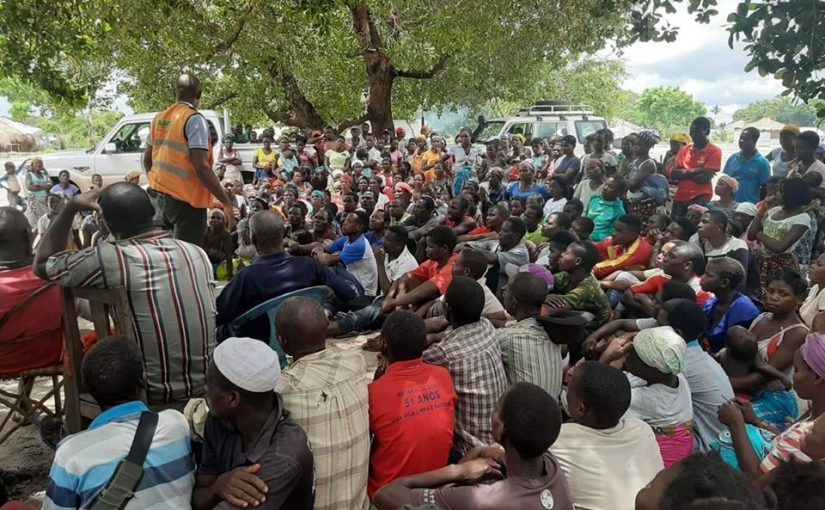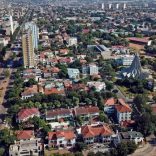Mozambique: 16 people arrested for alleged involvement in drug trafficking
More than 50,00 at risk in Zambezia and Cabo Delgado

“Teams from the central level are travelling to the affected areas to support the provinces and to make people aware that they must withdraw from dangerous areas”, the spokesperson for the INGC said. “Our entire alert system is active”. [Photo: INGC]
More than 50,000 people are at risk of flooding in the northern Mozambican province of Cabo Delgado, and the central province of Zambezia, where four rivers have now surpassed flood alert levels.
The rivers in question are the Messalo, the Montepuez and the Megaruma in Cabo Delgado, and the Licungo in Zambezia. The Licungo is now two metres above flood alert level.
All these rivers are continuing to rise, and the National Meteorology Institute (INAM), reporting to a Friday meeting of the Technical Disaster Management Council (CTGC) in Maputo, warned that rains with continue in Cabo Delgado and Zambezia over the next few days.
The rains also pose a threat of flooding in some of the country’s main cities, including Beira and Quelimane. In Sofala province, there is a risk of flooding in the basin of the Buzi river, which would affect Búzi and Nhamatanda districts.
The spokesperson for the country’s relief agency, the National Disaster Management Institute (INGC), Paulo Tomas, told reporters that emergency goods have been pre-positioned to guarantee rapid assistance to households at risk.
Members of the National Civil Protection Unit have also been positioned at danger spots, equipped with boats to be used in possible search and rescue missions.
“We also have shelter items – rents and tarpaulins – available, to assist 4,400 households”, said Tomas. Equipment to ensure supplies of clean drinking water are available for 80,000 households, and there is enough food aid for 282,000 households.
According to INGC data, there are about 3,500 tonnes of assorted foodstuffs stored in Zambezia, Sofala and Cabo Delgado.
Tomas added that the INGC has activated its mechanisms to transmit information to the local disaster risk management committees.
“Teams from the central level are travelling to the affected areas to support the provinces and to make people aware that they must withdraw from dangerous areas”, he said. “Our entire alert system is active”.
The INGC’s overall assessment, Tomas said, is that, since the start of the current rainy season, in October 2019, almost 58,000 people have been affected. 2,515 houses have been destroyed, and a further 7,506 have been damaged. 115 electricity pylons have been downed, and 224 classrooms have been destroyed in the 47 schools affected by the storms. Ten health units have also been affected.
Tomas said that so far 12 deaths have been recorded, most of them caused by lightning strikes.












Leave a Reply
Be the First to Comment!
You must be logged in to post a comment.
You must be logged in to post a comment.